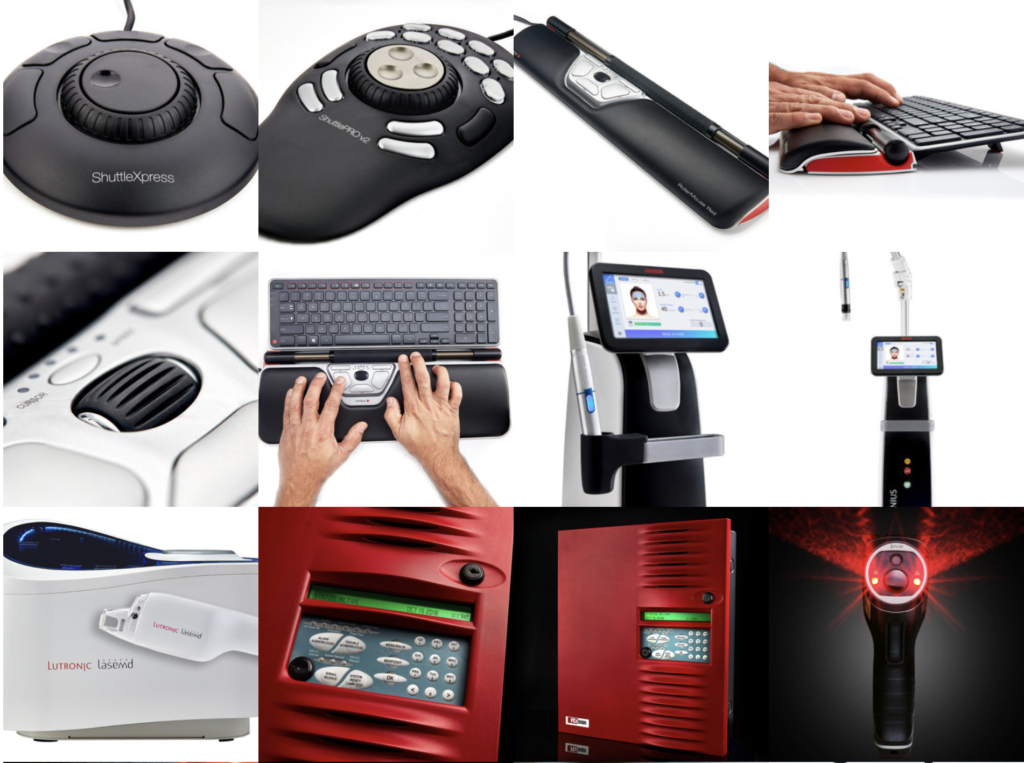How Much Does Product Photography Cost in 2020?
A Break Down of Product Photography Pricing

It’s the 2020’s: the decade of the camera phone with its AI technology and myriad filters designed to make anyone look like a pro. It’s as if hiring a photographer to shoot your products or application photos is a thing of the past. Suddenly, marketing managers everywhere are expected to add productphotographer to their long list of responsibilities. But whether you hire an intern, employ a low-level marketing employee, or rely on a “white box” to get the job done, the savvy marketing manager will quickly realize that Instagram filters and DIY smart phone pics are not the answer. You need to hire a pro.
Today, there are more reasons to hire a professional product photographer than ever before. For one, product photography is a specialty which requires years of experience and technical know-how to master, not to mention all the right pro gear to make it happen. Employing an amateur will only make your products look, well, amateur. On the other hand, a professional product photographer will:
- Produce high-quality images that boost sales
- Save you a ton of time
- Enhance your brand image
So now you might ask, how much will professional photography cost? Let’s first look at how the industry breaks down pricing.
How are Product Photography Services Charged?
Before we talk about price, we need to discuss the two main types of product photography. Generally, product photography can be broken down into two categories:
- Catalog product photography: Product shots on simple backgrounds with little to no props, typically used for e-commerce sales.
- Environmental product photography: Product images that involve staged scenes (e.g., a wine bottle staged on a table with a glass and bottle opener).
How much you should expect to pay for either type of product photography varies widely due to variables such as geography, photographer’s level of experience, and photographer’s area of specialty. An amateur/generalist may charge anywhere between $25 and $100 an hour, while an experienced product photographer can charge as much as $200 to $500 an hour. The industry’s very best pros may charge $5,000 to $10,000 per day! It’s up to you to weigh all the options and decide which photographer is the best fit for your business. With that said, the vast majority of catalog product photography is charged using one of the following three methods:
Product Photography Pricing Models
HOURLY PRICING
This style of pricing charges by the hour. As a consumer, I would avoid hourly pricing for catalog photography, no matter how low the hourly rate may seem. There are just too many variables, making it impossible for you to budget for your project. There is no ceiling to its cost as you have no idea how long a photographer might take to prep, shoot, and edit your images.
PRICING BY PRODUCT
In this case, a photographer would charge $X per product, regardless of the number of images or angles you need. If you’re thinking that sounds like a great deal for the consumer, you’re right! Although I will say this: it’s probably a red flag. Experienced photographers almost always avoid this type of pricing because just as hourly pricing has no ceiling on cost for consumers, pricing by product has no ceiling on hours a photographer might spend completing your project. If you have been quoted by product, make sure you are extra vigilant in your research on this photographer. Make sure there are plenty of high-quality catalog product images in his or her online portfolio, because like most things in life if it sounds too good to be true, it likely is.
PRICING BY IMAGE
Many photographers prefer to charge by the image. The distinction here is, if you need three different angles of one product, you will be charged for all three images. The good news? Most photographers offer tiered pricing. So the more images you need, the lower the cost per image will be. This is the most common type of catalog photography pricing because, in the words of Goldilocks (the-aspiring-instagram-porridge-photographer), this pricing is just right. It’s fair for the consumer and fair for the photographer. It also happens to be the way I charge my clients.
In this scenario, it’s important that you take a few minutes to consider exactly how many products you’ll need to have shot, how many angles of each product, and if there are any details (close ups) you’d like to feature. This will give you a clear idea of the total images you’ll need and as well as the exact amount of money you’ll spend.
Environmental Product Photography
When it comes to environmental product photography, pricing gets a little trickier. Environmental photography involves staged scenes of your products. These scenes are designed to help show how the product works or to tell a story. They are not quite lifestyle photoshoots but require more set-up and preparation than catalog shoots. Since environmental shoots are nuanced and customized, so is its pricing. Clients may be charged per product or per day/half-day. Personally, I typically charge by the day/half-day.
Additional Charges You Should Anticipate for Catalog or Environmental Product Shoots:
The best way to accurately gauge affordability is to also consider certain things that may increase the cost of your project. Here are the most common extra charges to be on the lookout for:
- Multiple products within one shot (probably about double the cost per image)
- If there is a prop, such as a hand in the shot
- If a product must be prepped in advance (e.g., cleaning, scraping a label off a jar)
- Additional/advanced photoshopping (e.g., “make this handle green”)
And there you have it! I hope this helped give you a better idea of how much product photography might cost and its affordability for you or your company.
Want to learn more? Reach out anytime!
Tags: professional photographer

